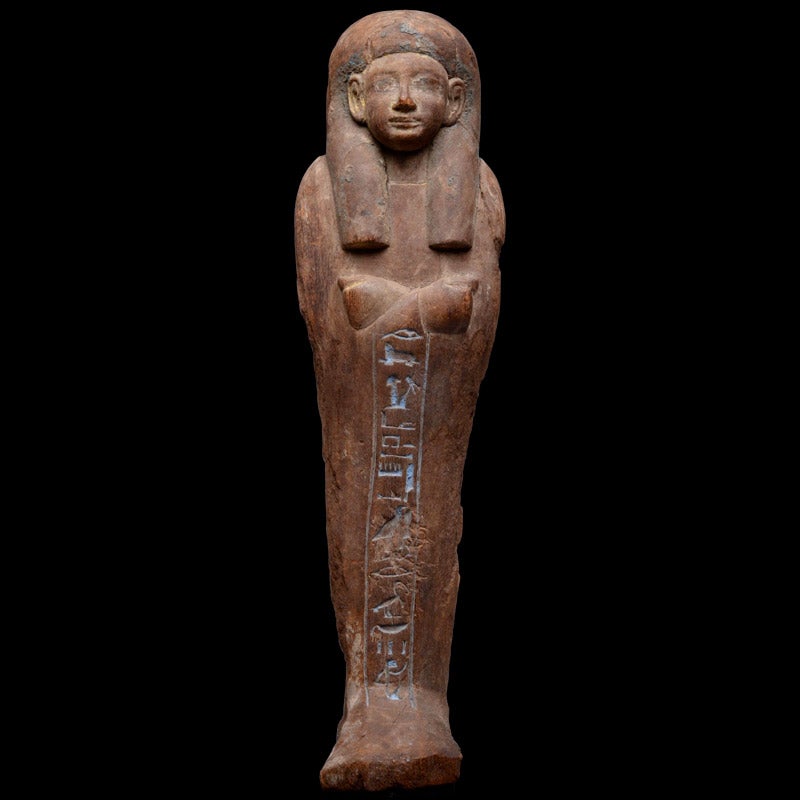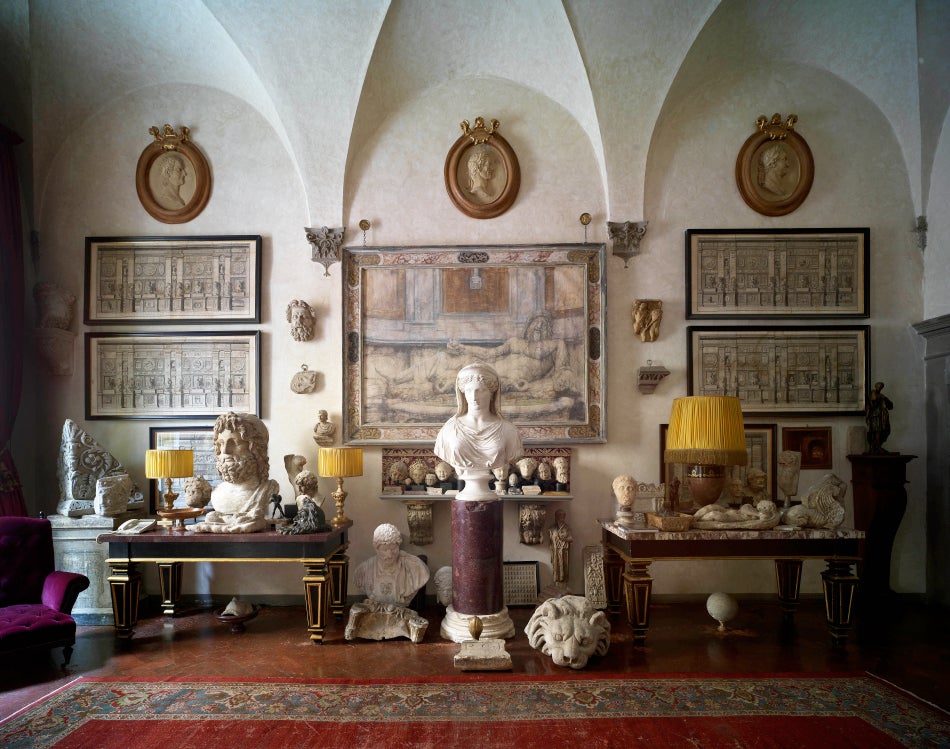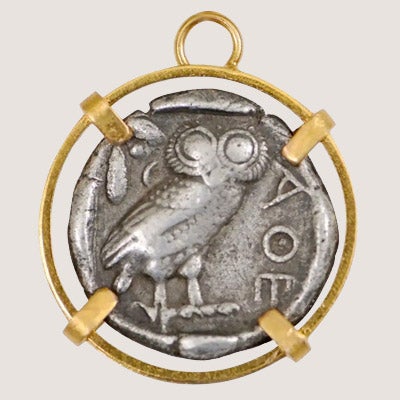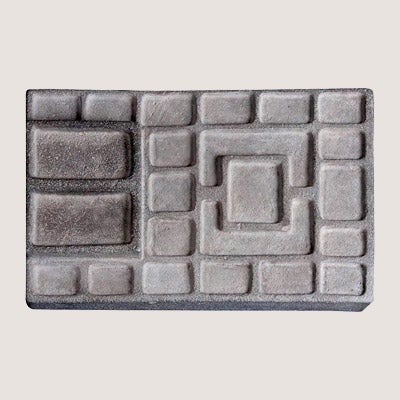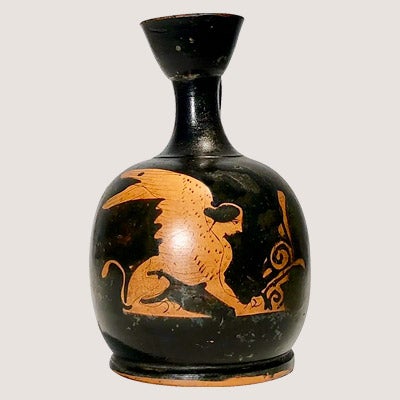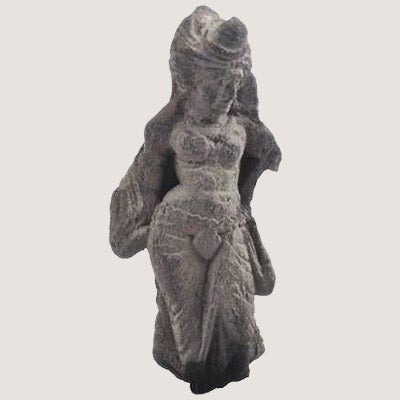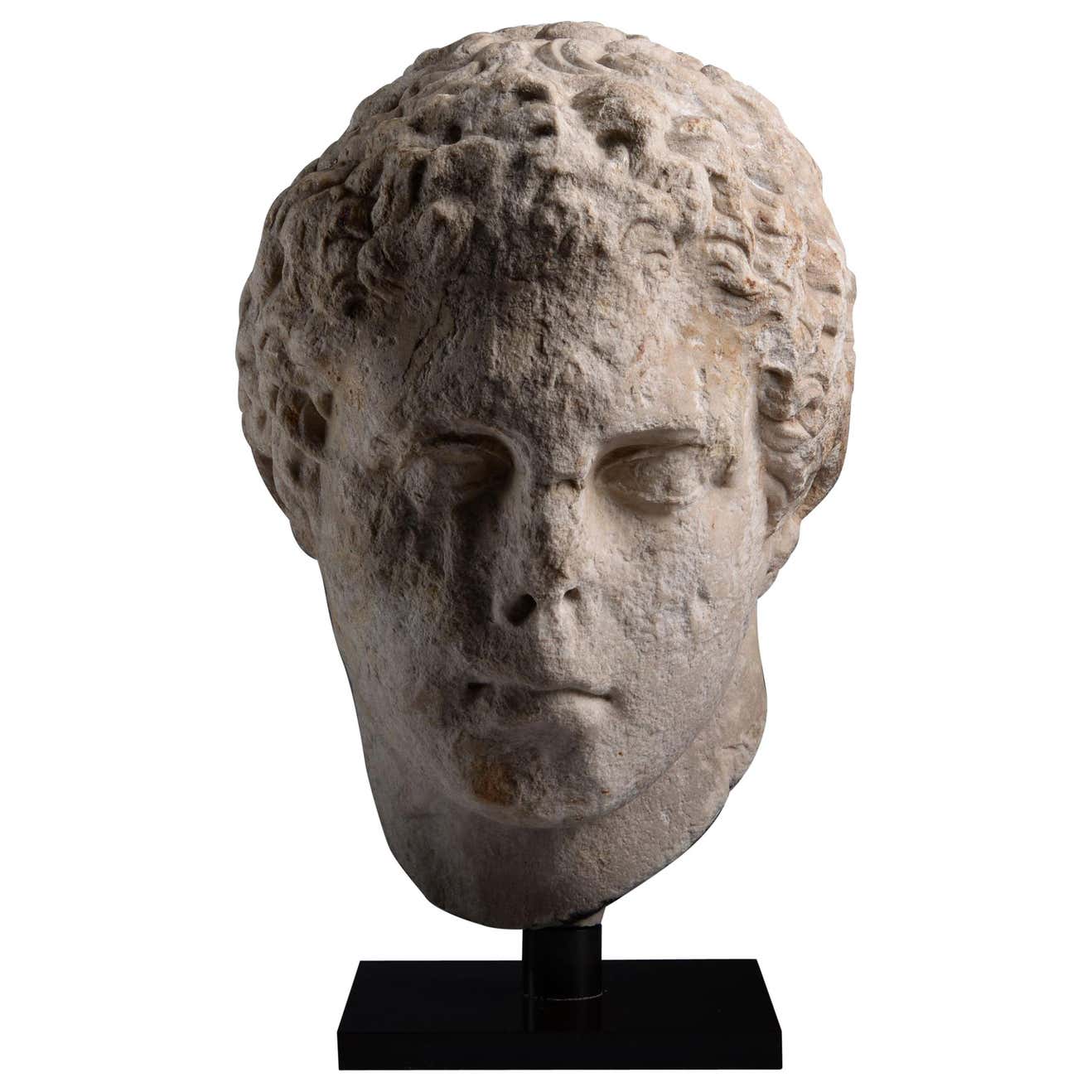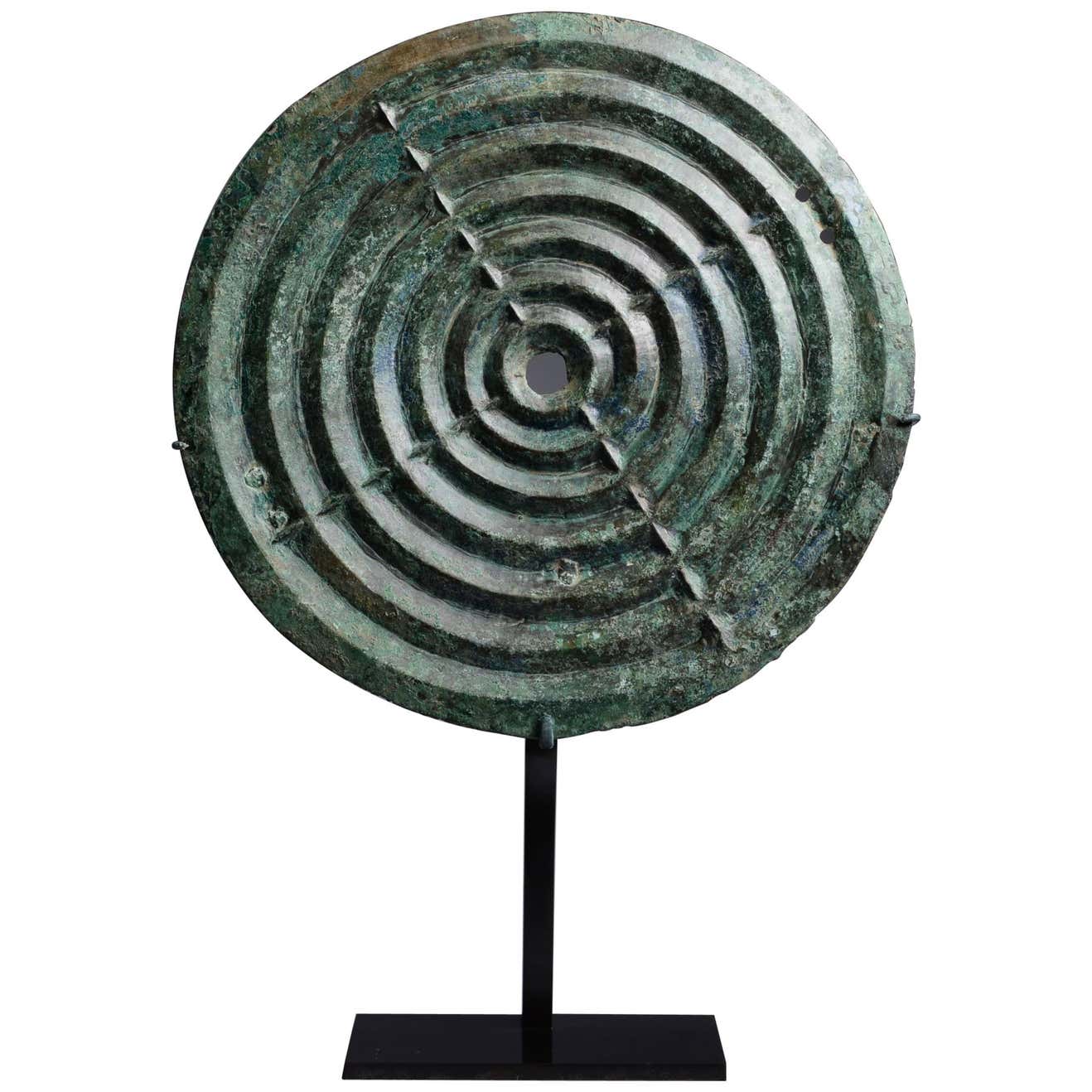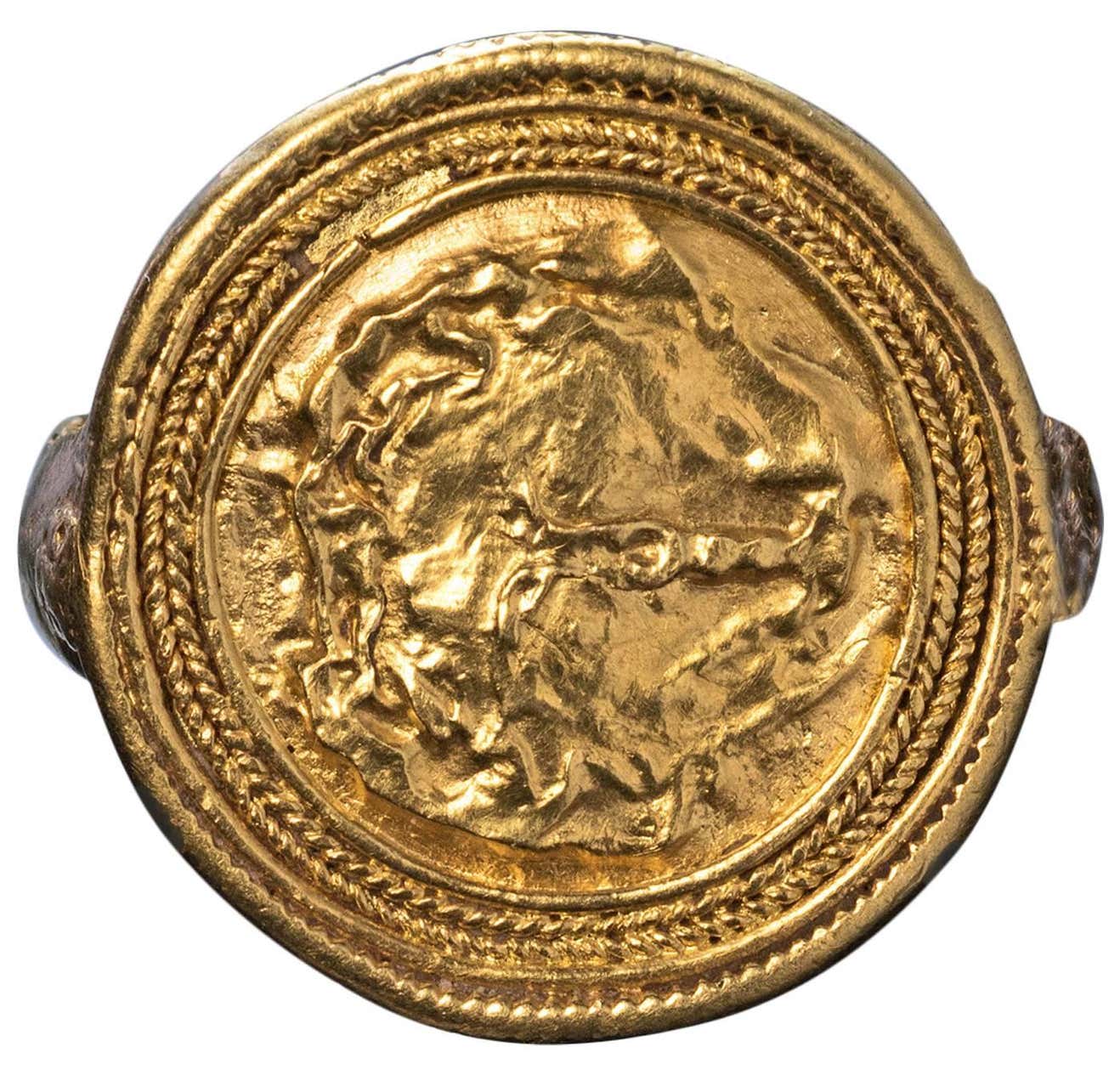2005
EGYPT’S SUPREME COUNCIL OF ANTIQUITIES LAUNCHES A WORLD TOUR OF KING TUT ARTIFACTS.
Twenty-five years after the treasures of King Tutankhamun were last made public, a new world tour of precious artifacts from the ancient Egyptian royal family was announced. “Tut Fever” was further fueled by the release of the first lifelike scientific rendering of the legendary pharaoh. Because of our incredible access to unique and rare antiquities, 1stDibs is able to showcase pieces that are sought out and vetted by true authorities in the field.
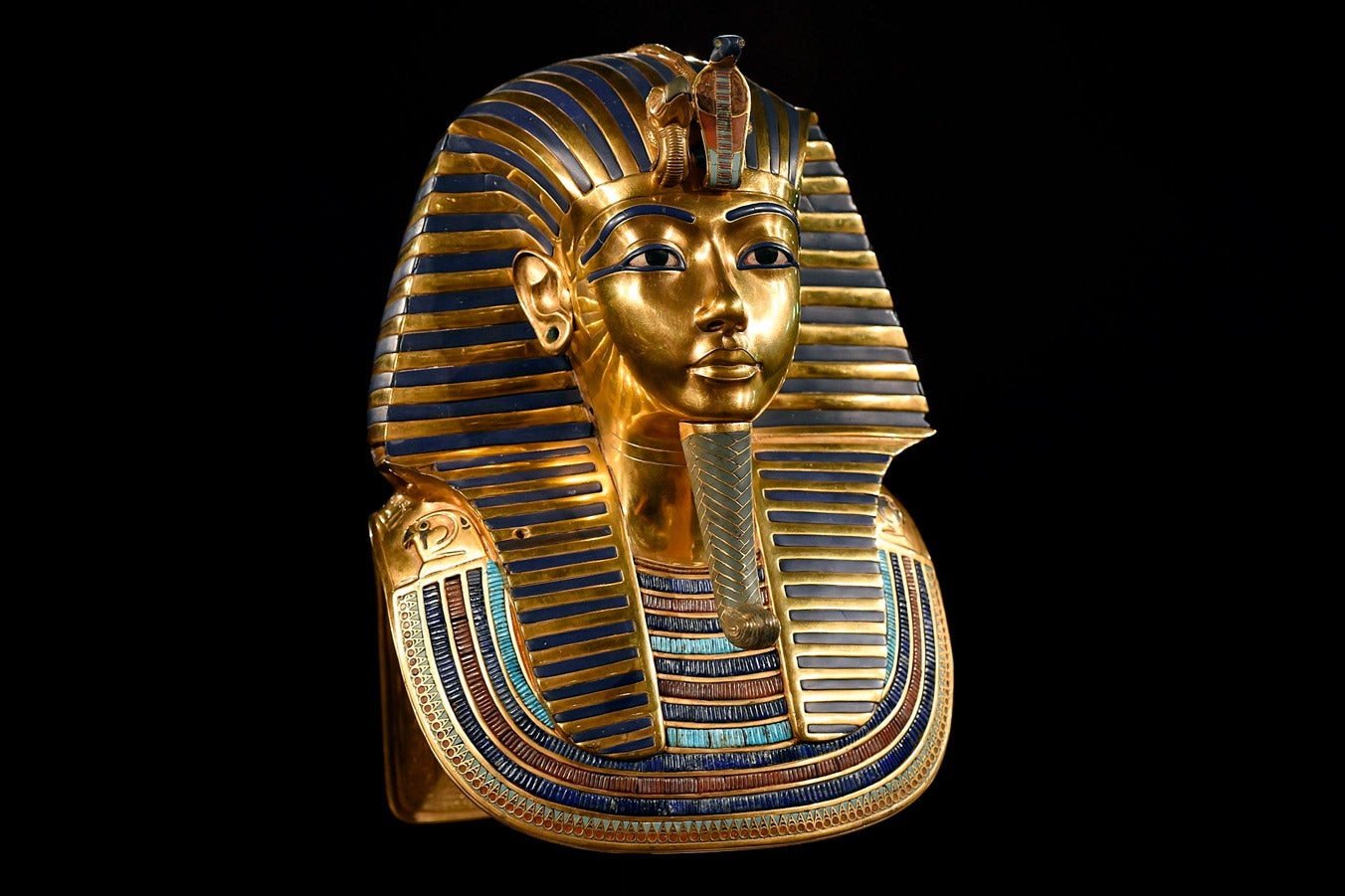
Shabtis were mummiform funerary figures that functioned as servants to carry out the tasks required of the deceased in the underworld. Nearly as old as King Tut, this venerable artifact from Egypt’s 18th Dynasty is the sort of museum-worthy piece for which collectors flock to 1stDibs.
Shabtis were mummiform funerary figures that functioned as servants to carry out the tasks required of the deceased in the underworld. Nearly as old as King Tut, this venerable artifact from Egypt’s 18th Dynasty is the sort of museum-worthy piece for which collectors flock to 1stDibs.
From Introspective
The architectural lensman is famed for his depictions of palatial spaces. Here, he shares exclusive photographs of his own labyrinthine apartment and tells us about its eclectic rooms.
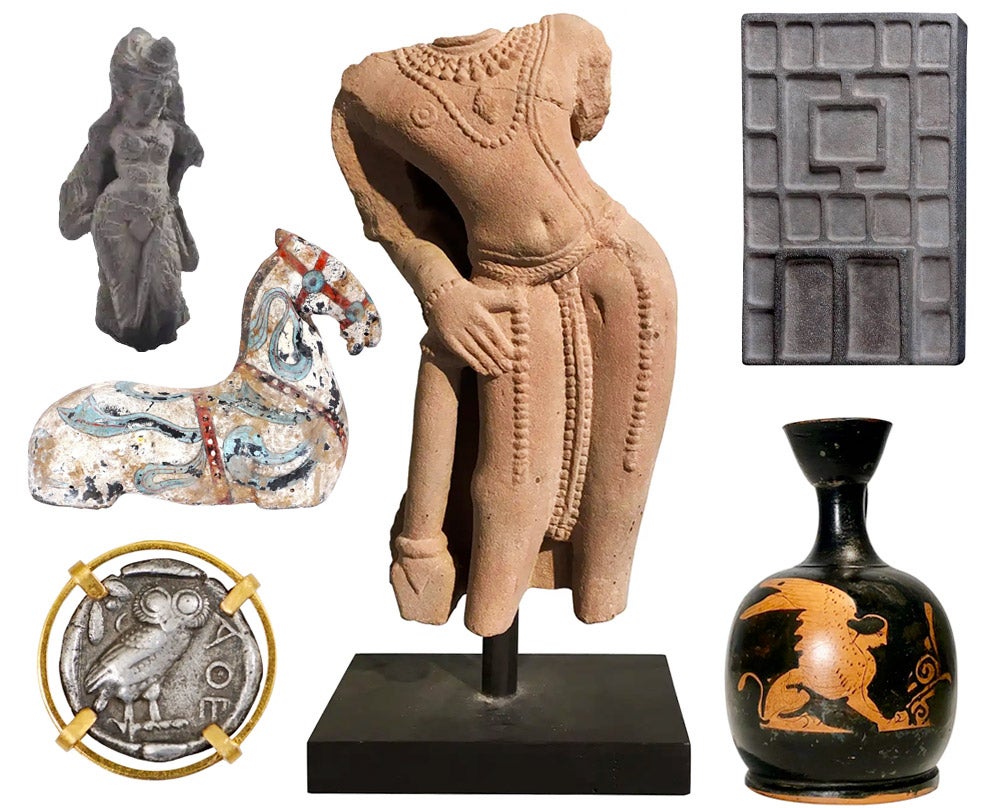
21 Years of Living History
A (Beautiful) Thing of the Past
Collectors of antiquities are always in tune with the siren song of ancient civilizations and cultures. For two decades, 1stDibs has combed shops and galleries worldwide in search of artifacts that bring their passion to life. Care to join us? Let’s start with five tantalizing treasures.
Villanovan Bronze Geometric Disk,
ca. 7th Century BCE
Cypriot Amphora,
ca. 700-600 BCE
Ancient Medusa Gold Ring,
ca. 300 BCE

